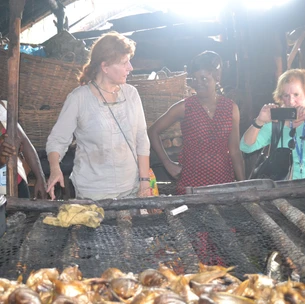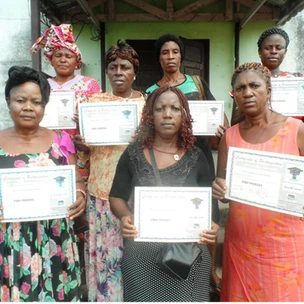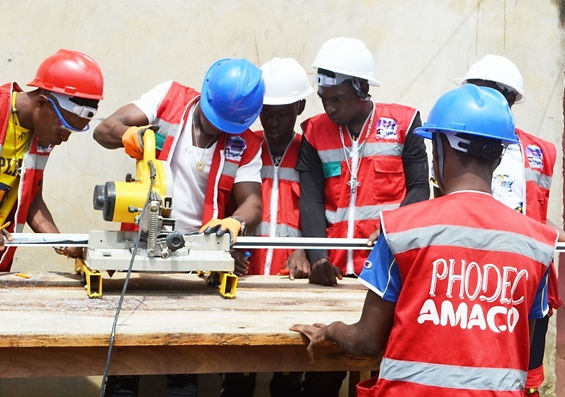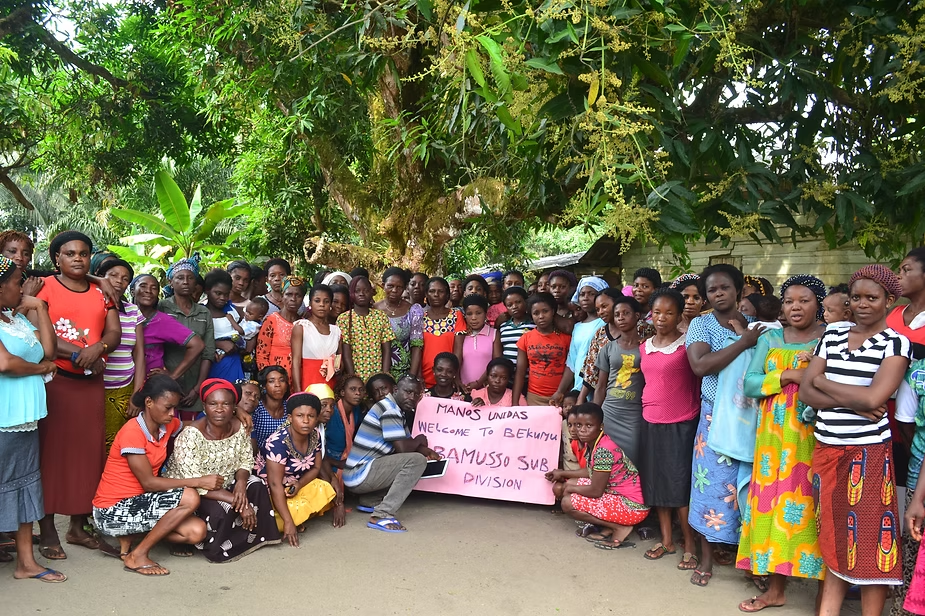Women fish workers in Bamusso Sub Division, like their counterparts globally, play vital yet often unrecognized roles in fisheries and fishing communities. Primarily involved in postharvest activities, approximately 70% of fish marketers in Bamusso are women, who significantly bolster food security for various consumer groups. Despite their crucial contributions, women fish vendors encounter numerous challenges, including limited access to resources, marginalized recognition, and inadequate support systems.
To combat these issues, women have formed organizations to enhance their collective bargaining power and address common problems. Initiatives from both governmental and non-governmental organizations, such as PHODEC, aim to empower these women through training programs. PHODEC specifically focuses on educating women about fish vending, the hurdles they face, and strategies for safeguarding their livelihoods. Recently, 40 women benefited from this training, with support from Manos Unidas.
Furthermore, there are policy opportunities that women can leverage to advocate for recognition and support of their work within the fisheries sector. By highlighting their contributions and the challenges they face, these women seek to gain greater visibility and advocacy for their rights and livelihoods. Overall, the combined efforts of women’s organizations and supportive initiatives aim to uplift female fish workers in Bamusso, addressing both their immediate needs and broader systemic challenges.



One Week Training Program for Women on Fish Vending
Objective:** To empower women with the skills and knowledge required to start and manage a fish vending business successfully.
Duration:** 1 Week (5 days)
—
Day 1: Introduction to Fish Vending
Morning Session:**
– Welcome and Registration:**
– Introductions and ice-breaking activities.
– **Overview of Fish Vending:
– Understanding the fish market and its significance.
– Benefits of fish vending as a business.
Afternoon Session:
– Fish Types and Nutrition:
– Introduction to different types of fish (freshwater, saltwater) and their nutritional values.
– Best practices for selecting quality fish.
—
Day 2: Sourcing and Purchasing Fish
Morning Session:
– Identifying Reliable Suppliers:
– How to find reputable fish suppliers and distributors.
– Negotiation skills for better pricing.
– Cost Management:
– Understanding pricing strategies and cost analysis.
Afternoon Session:
– Practical Exercise:
– Field trip to a local fish market or supplier.
– Hands-on experience in evaluating fish quality and making purchases.
—
Day 3: Business Management Skills
Morning Session:
– Business Planning Basics:
– Creating a simple business plan.
– Setting goals and objectives for the fish vending business.
Afternoon Session:
– Financial Literacy:
– Basic accounting principles for small businesses.
– Managing cash flow, expenses, and profits.
—
Day 4: Marketing and Customer Service
Morning Session:
– Marketing Strategies:
– Effective ways to market fish, both online and offline.
– Creating attractive displays and promotions.
Afternoon Session:
– Customer Service Skills:
– Importance of customer relationships in business.
– Techniques for effective communication and handling customer complaints.
—
Day 5: Hygiene, Safety, and Future Growth
Morning Session:
– Food Safety and Hygiene:
– Importance of hygiene in fish handling and vending.
– Best practices for food storage and waste management.
Afternoon Session:
– Sustainability and Growth Strategies:
– Exploring opportunities for scaling the business (e.g., catering, e-commerce).
– Discussion on community resources and support systems.
Closing Ceremony:
– Certificates of Completion:
– Presentation of certificates to participants.
– Feedback and Networking:
– Gathering feedback from participants.
– Encouraging networking and establishing peer support groups.
—
Materials and Resources Needed:
– Training manuals and handouts.
– Access to a local fish market for field trip.
– Basic office supplies (notebooks, pens, flip charts).
– Marketing materials (brochures, posters).
– Hygiene training materials.
Evaluation:
– Pre- and post-training assessments to measure knowledge gained.
– Continuous feedback during the training.
– Establish follow-up meetings to monitor progress and challenges faced.
—
This program can be tailored further based on specific community needs and available resources. It aims to not only educate but also to build a supportive network among participants.



